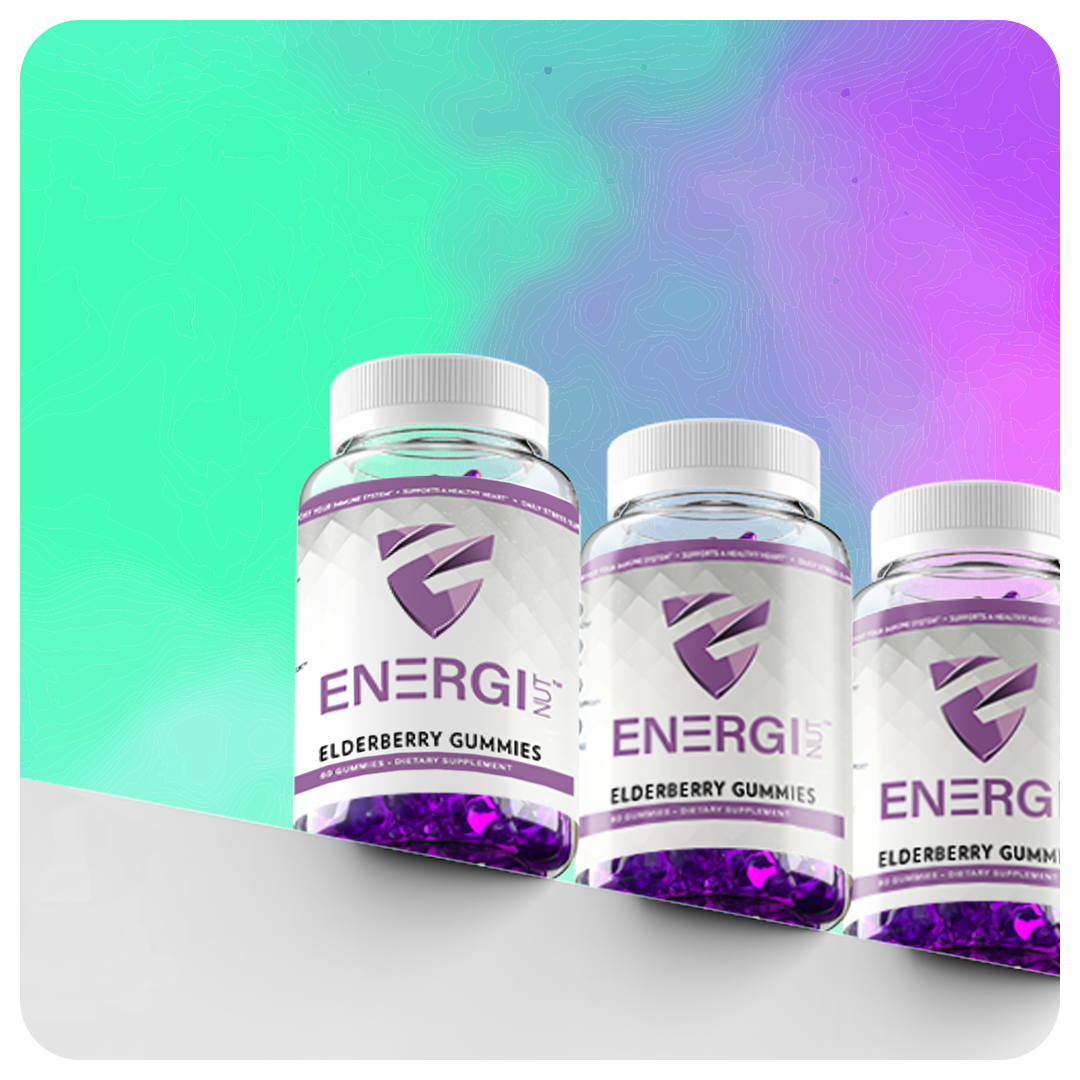Piriformis Syndrome: Dos and Don'ts

Have you ever felt pain and numbness in your hip, butt, or leg that makes you feel like walking with a limp is your only option? That painful, butt-grasping experience might be due to Piriformis syndrome. Other names for it are Pseudo Sciatica; Wallet sciatica; Hip socket neuropathy; Pelvic outlet syndrome. Those that have felt it describe its symptoms as being similar to those of sciatica.
When you move using your lower body, you’re likely using the piriformis muscle. It is involved in nearly every movement. Are you a cyclist? You’re using that muscle. Do you love to ski? Again, you’re using your piriformis. Beneath the well-loved, narrow muscle is the sciatic nerve. This nerve runs from your lower spine down the back of your leg to your foot.
Injuring the muscle can occur from any number of actions. Overuse, sitting for long periods, running, walking, and doing other repetitive activities can cause injury. Experiencing trauma can also cause damage to the muscle. You can expect to feel muscle spasms and experience swelling when the piriformis muscle is injured. Unfortunately, even sitting for long periods can continue to cause pain.
A diagnosis from a doctor is needed to confirm the absolute source of the pain, but there are self-care exercises and supplements that can help. The long-loved recovery method referred to as RICE can help treat injuries and pain of all types. R.I.C.E. stands for rest, ice, compression, and elevation. Massages never hurt either! According to Spine Health, a common stretch that relieves some of the pain felt by Piriformis syndrome involves lying on the back with both feet flat on the floor and both knees bent. Rest the ankle of the right leg over the knee of the left leg. Pull the left thigh toward the chest and hold the stretch. Repeat for each side. They recommend holding the stretch for a few seconds and gradually working your way up to 30 seconds over the course of a few days.
As far as supplements go, we highly recommend Glucosamine. Glucosamine and chondroitin may protect cells called chondrocytes, which help maintain cartilage structure. In theory, these supplements may have the potential to slow cartilage deterioration in the joints, and to reduce pain in the process.


